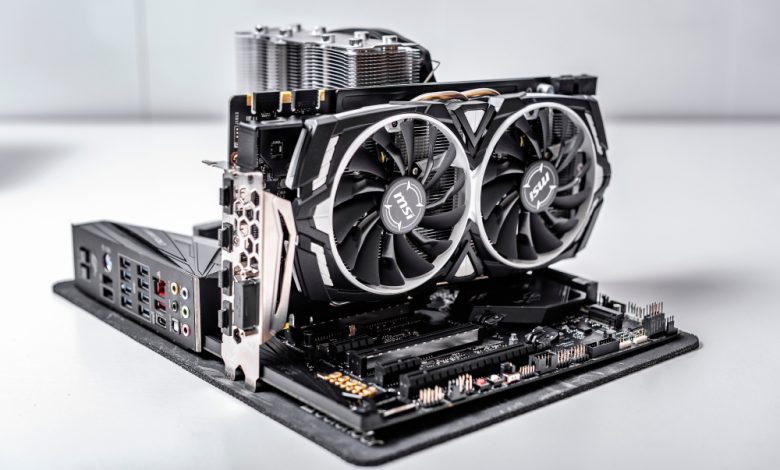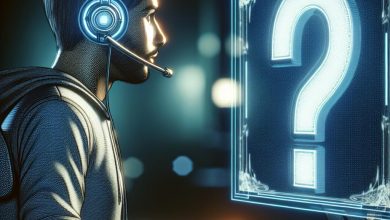
If you are experiencing graphical issues in Windows 10, the first thing you will need to do is to rollback your Nvidia drivers. If you have updated your Nvidia drivers and have experienced problems with your display, sound, or system crashing often, this can be a helpful troubleshooting step. This article will explain what a driver update is and why it might be necessary to roll back. It will also give some instructions on how to do this on both Windows 10 Home and Professional machines.
Table of Contents
What Are Nvidia Drivers?
Nvidia drivers are software that helps improve graphics performance by interfacing with the GPU (graphics processing unit) inside of your PC or laptop. These control your graphics card, monitor, and sound. They do this by communicating with the GPU to send and receive data. The latest versions of Nvidia drivers allow you to use G-Sync and other technologies to improve display performance. However, it is important to note that these are not manufacturer software updates—they only provide access to updated features for those who have purchased the hardware from Nvidia. So if you have not purchased an Nvidia GPU, the driver updates will not affect you.
Nvidia drivers are updated automatically through Windows Updates. If you have the drivers installed, you should see a "driver update" notice in your Windows Action Center. If you missed the notice or intentionally chose to postpone the update for any reason, you can still get it here. You can also find all of the latest Nvidia drivers through their website here.
When Is It Necessary To Rollback?
You should look at rolling back your Nvidia drivers if you experienced an issue with the graphics, sound, or system crashing. For example, if your display appears to have dark colors, if you experience screen corruption or an input lag issue in Windows 10, or if you want to revert to the last working version of drivers—you might want to roll back.
How to Rollback Nvidia Drivers in Windows 10
To roll back your Nvidia drivers, you will need to right-click on the Windows icon and left-click on the device manager. Once there, find your graphics card from the list of hardware devices. Next, navigate to the Driver tab and click the "rollback device" button. This process should take between 30 minutes and an hour to complete and load the previous driver version that was working for you before the update. Keep in mind that this is not a permanent fix or solution but a temporary resolution while you wait for NVIDIA to release an update that might better suit your needs.





Leave a Reply
Thank you for your response.
Please verify that you are not a robot.